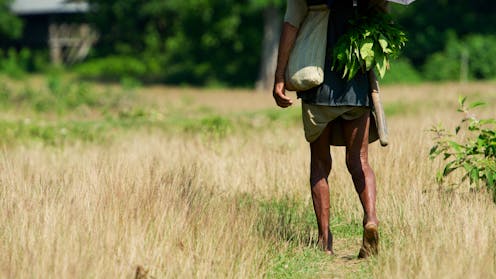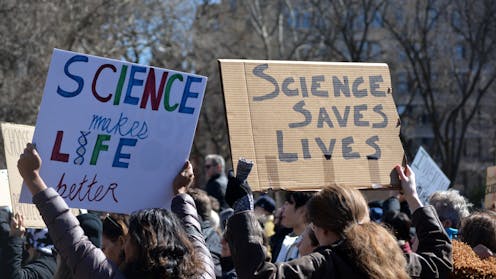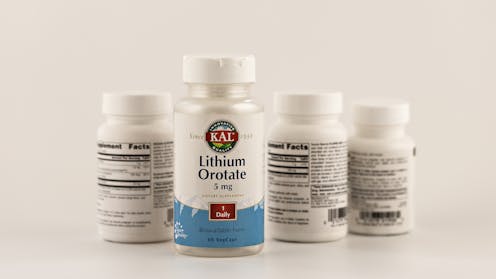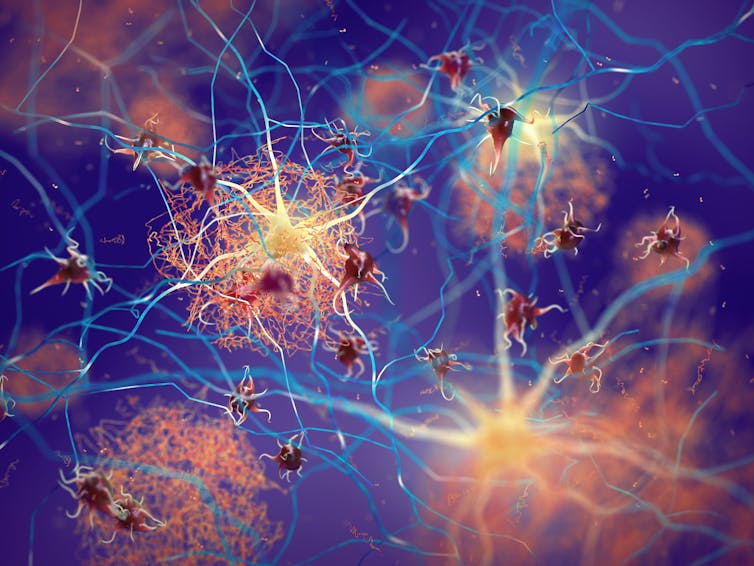Source: The Conversation – UK – By David Hastings Dunn, Professor of International Politics in the Department of Political Science and International Studies, University of Birmingham
As a former reality TV star, Donald Trump often gives the impression of playing the part of a US president rather than conducting the business of leading a government seriously. Nowhere has this been more apparent than in his recent summit with Russia’s Vladimir Putin in Alaska, where the two leaders met to discuss ending the war in Ukraine.
The theatre of the occasion had been meticulously planned. Trump rolled out the red carpet for Putin and organised a military flypast, while there were multiple choreographed photo opportunities. Yet what resulted was no peace deal and no prospect of the war ending any time soon.
The very act of meeting and the nature of the interaction were such that the summit instead did considerable damage to the US and broader western position on Ukraine. At the same time, it strengthened Russia’s stance considerably.
Russia used the summit to its strategic advantage, coming away with more concessions than it could have hoped for. Trump’s calls for a ceasefire in Ukraine are now gone and the prospect of additional sanctions on Russia have evaporated. Moscow now has the US president advocating for Ukraine to cede additional territory to Russia over and above the amount it has already taken by force.
The diplomatic mechanism of summitry, which is always a risky endeavour, delivered all this to Putin. I put this down to apparent poor preparation on the US side, including no preconditions, and skilful statecraft by the Russians.
Ending Putin’s isolation
Embracing Russia on equal terms with all the accoutrements of a state visit not only ended Putin’s isolation internationally. It immediately rehabilitated him on the world stage.
The symbolism of this was best demonstrated by the joint statement the two leaders delivered to the media. Putin spoke first and for longer with a well crafted speech. This contrasted sharply with Trump’s short ramble.
By recreating the theatre of a cold war summit, Trump indulged and actively reinforced Putin’s own nostalgic fantasies about Russia being a superpower with hegemonic geopolitical entitlements.
In an interview with Fox News after the summit, Trump said: “It’s good when two big powers get along, especially when they’re nuclear powers. We’re number one, they’re number two in the world.”
Trump’s statement exalted and exaggerated Russia’s position in the international system, while diminishing and sidelining the wealth and interests of European powers.
Putin hinted at future “superpower summits” to come, providing Trump with other opportunities for theatrical photo opportunities and to play the role of peacemaker.
He also suggested that US and Russian investment and business cooperation has tremendous potential “in trade, digital, high tech and space exploration” as well as the Arctic. And ahead of the summit, Putin indicated that he wants to pursue a new nuclear weapons agreement with Trump.
By bringing his treasury and commerce secretaries, Scott Bessent and Howard Lutnick, to Alaska, Trump had clearly taken the bait that there are lucrative opportunities on offer for the US if only the troublesome issue of Ukraine can be quickly settled and moved beyond. This framing was evident in Trump’s assessment that the summit went well and that there was much that the two sides agreed on.
A considerable setback
Trump’s love of the limelight, particularly when it garners the world’s attention, has been a feature of his two presidencies. His meeting with North Korean leader Kim Jong-un during his first administration had all the pomp and performativity of previous summits. Trump left without any agreement or real improvement in relations.
It did, however, succeed in ending the damaging social media spats between the leaders that had unnecessarily escalated real-world tensions. The meeting in Alaska is likely to have the opposite effect.
For Russia, it has reinforced the nostalgic fantasy that it is a superpower with a right to a sphere of influence. Given that Europe has been arguing for three years that it is the Russian mindset that is the problem, not just its current aggression in Ukraine, this is a considerable setback.
Putin was given the opportunity to flatter Trump’s ego about the 2020 election, which the US president claims was rigged, and suggest that the war would never have happened if Trump had been in charge. Now, Ukraine is once again being seen by Trump as the obstacle to peace.
The Russians, by persuading Trump to give up his demand for an immediate ceasefire, have bought themselves more time to make further advances on the battlefield. They have also stalled any further pressure from Washington while they pretend to negotiate seriously.
The only positive outcome of the encounter may be the realisation of European leaders that well prepared summit meetings with Trump are an open opportunity to move the dial back in their direction.
![]()
David Hastings Dunn has previously received funding from the ESRC, the Gerda Henkel Foundation, the Open Democracy Foundation and has previously been both a NATO and a Fulbright Fellow.
– ref. How Russia emerged as the clear winner from the Alaska summit – https://theconversation.com/how-russia-emerged-as-the-clear-winner-from-the-alaska-summit-263322








